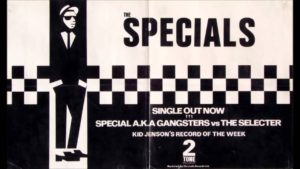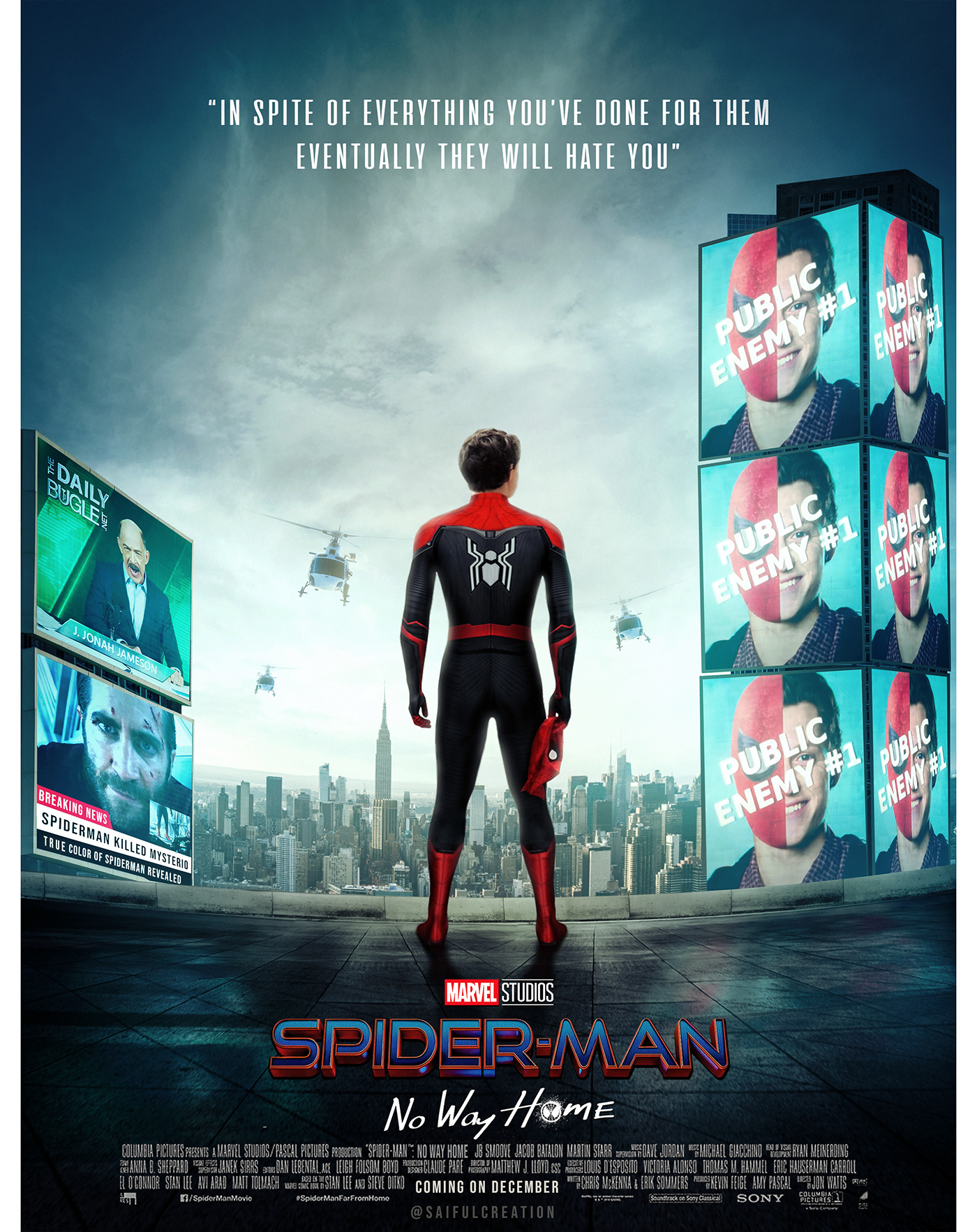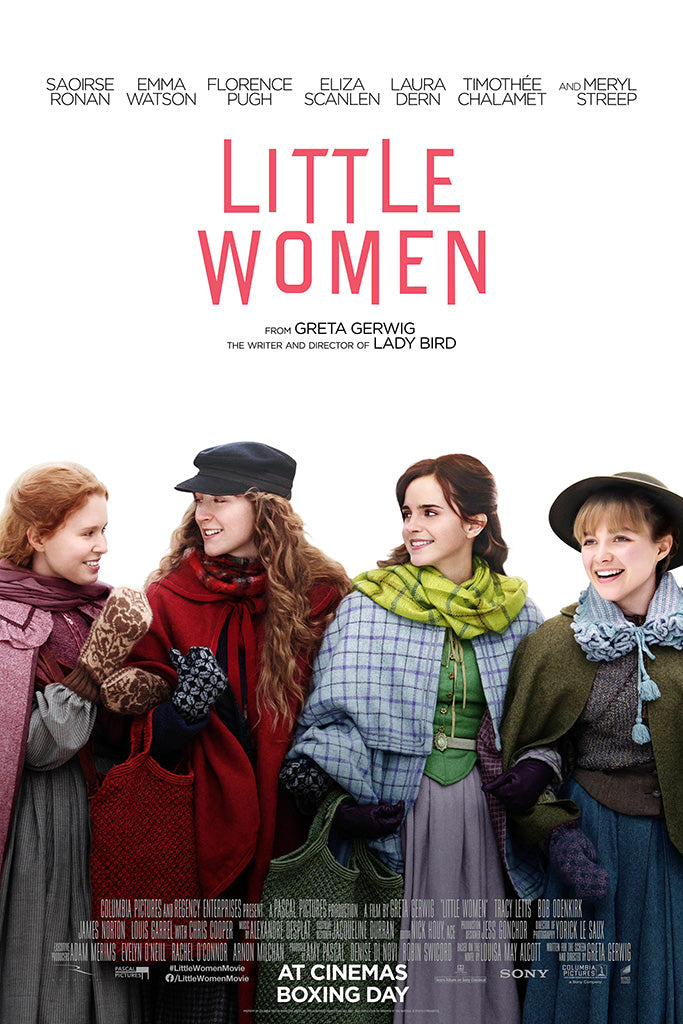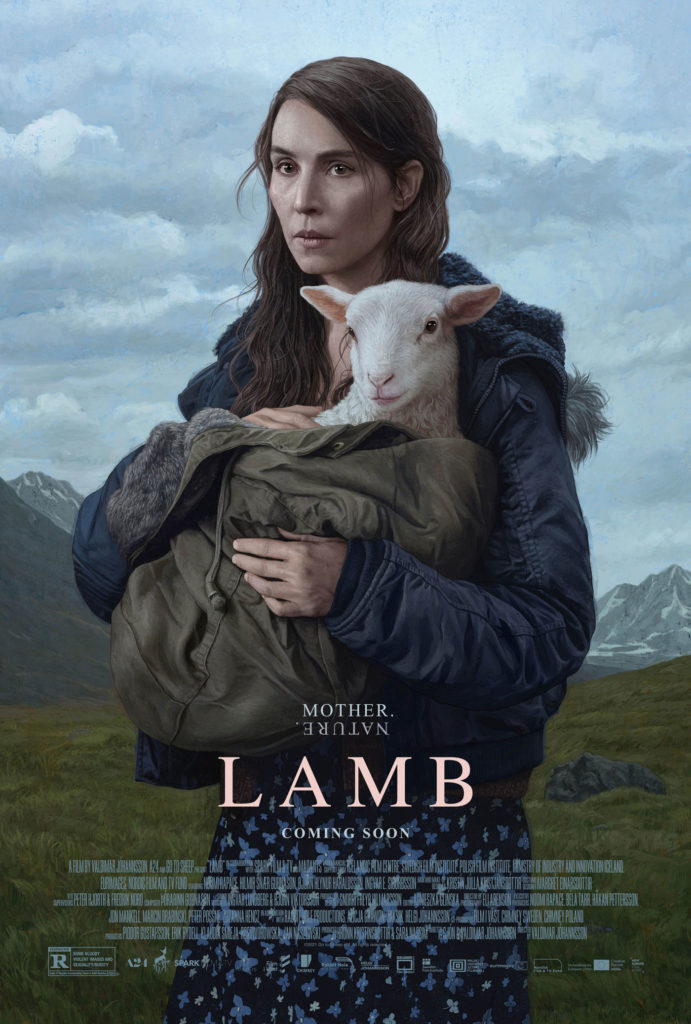Monthly Archives: January 2022
Filters
statement of intent
Statement of intent – media
name of film- left on read.
I intend to produce two different posters to advertise my film through including signifiers that link to the narrative I will create and introduce the central concepts, ideas and characters without explicitly revealing the details of the plot. My movie posters will include a character that is a girl in a relationship and is dangerously obsessed with her boyfriend.. I want to produce 2 posters that translate the craziness of her transition from innocent love to stalker. The plot is inspired by a 2000s teen movie and present a very ‘normal’ life the female character lives. I want to represent her on the poster as scary and crazy. I will ensure this image is of a high resolution, so it is the main focal point on the poster. I want the background to obtain essences of a dark reality that goes on in her mind. The poster will be spooky but and psychedelic unlike more dramatic and emotionally movie posters. I like the essence of the Netflix show ‘YOU’ which has a very stalker based, but includes the narratives key objective. The text on my poster will be minimalistic as I don’t want it taking the attention of the central image. I imagine that my posters would be produced by a small, indie company who are owned by a large conglomerate such as ‘Warner Bros’, the two posters would be created for distribution by a streaming platform such as ‘Netflix’ and ‘Amazon Prime Video’. My other poster of my movie will have the same aesthetic of the first poster but from a different perspective. I had in mind maybe them walking away from the back with the chaos in the background. I want my second one to heavier and more interesting on the audience and have a more serious tone to it, she has no idea what she did to be in her position and is a story of her trying to figure out how to deal her struggles.

CSp 6: The Specials – Ghost Town
This is a targeted CSP and needs to be studied with reference to two elements of the Theoretical Framework (Media Language and Media Representation).
1 TASK 1: MAKE SOME GENERAL NOTES ON THIS MEDIA PRODUCTION: NAMES, DATES, NUMBERS, ETC
Ghost Town is a product which possesses cultural, social and historical significance. It will invite comparison with the other CSP music video allowing for an analysis of the contexts in which they are produced and consumed.
2 TASK 2 Continue your notes: WHAT IS THE CULTURAL, SOCIAL AND HISTORICAL BACKGROUND? Use ppt from Jodie below
Ghost Town by The Specials conveys a specific moment in British social and political history while retaining a contemporary relevance. The cultural critic Dorian Lynskey has described it as ‘’a remarkable pop cultural moment’’ one that “defined an era’’. The video and song are part of a tradition of protest in popular music, in this case reflecting concern about the increased social tensions in the UK at the beginning of the 1980s. The song was number 1 post-Brixton and during the Handsworth and Toxteth riots.
The aesthetic of the music video, along with the lyrics, represents an unease about the state of the nation, one which is often linked to the politics of Thatcherism but transcends a specific political ideology in its eeriness, meaning that it has remained politically and culturally resonant.
The representations in the music video are racially diverse. This reflects its musical genre of ska, a style which could be read politically in the context of a racially divided country. This representation of Britain’s emerging multiculturalism, is reinforced through the eclectic mix of stylistic influences in both the music and the video.
3 TASK 3: Continue to build up your notes (in preparation for the unseen essay) by reading see BOTH: 1. Paul Gilroy chapter in the Mark Dixon AND 2. some of the linked articles below.
1. Media Theory for A level by Mark Dixon
Look specifically at pp. 72-73 & 77-79 – Paul Gilroy chapter in Media Theory for A level book by Mark Dixon. Think about the following key terms:
- racial otherness (72-73)
- post-colonial melancholia (72-73)
- the story of UK race relations post W.W. 2 (72-73)
- Legacy of the Empire (77-79)
- The Search for Albion (77-79)
2. Useful sources of information
- Ska story: the sound of angry young England: (https://www.chicagoreader.com/chicago/skastory-the-sound-of-angry-young-england/Content?oid=875398)
- Reggae: the sound that revolutionised Britain (https://www.theguardian.com/music/2011/jan/30/reggae-revolutionary-bob-marley-britain)
- The Specials: How Ghost Town Defined an Era: https://www.bbc.co.uk/news/magazine-13780074
- Abigail Gardner (an academic specialising in pop music and the media) Ghost Town: A Haunting 1981 Protest Song That Still Makes Sense Today: https://theconversation.com/ghost-town-a-haunting-1981-protest-song-that-still-makessense-today-88733
- Alexis Petridis (Guardian music journalist) Ska for the madding crowd: The Specials and the story of the UK’s most remarkable chart-topper | Culture | The Guardian
- Directed by the graphic designer Barney Bubbles (there’s an interesting overview of his work at: https://daily.redbullmusicacademy.com/2015/03/barney-bubbles-feature
- An overview of the different ways music videos can make money in the contemporary economic context is discussed in this article from the US Rolling Stone magazine: https://www.rollingstone.com/music/music-news/seven-ways-musicians-make-money-off-youtube192629/
4 TASK 4: MAKE SOME NOTES ON THE WAY IN WHICH THIS MUSIC VIDEOS CREATES AND COMMUNICATES MEANING THROUGH NARRATIVE
You should INLCUDE SOME SEMIOTIC TERMS ANALYSIS (ie the use of signs) which should specifically look at:
You should also focus on GENRE
- Mise-en-scene – ie what can you see in each shot
- Cinematography – ie how does the camera frame each shot & how are the shots edited together
- How the story / narrative is constructed (this post should be helpful or this BBC Bitesize post). Put another way, how could TODOROV, LEVI-STRAUS & PROPP be applied to this music video.
- Think about how the visuals link to the song lyrics (is it a LITERAL OR METAPHORICAL interpretation, eg the journey through a deserted landscape, or the way lyrics refer to effects of political and economic conditions)
- Make sure you reference Neale! You may remember that we looked at Steve Neale when we looked at AS TV CSP (link here)
- How the music video genre uses intertextuality and hybridity to establish meanings
ASSESSMENT
We will complete an unseen question in class. This question could look at either MEDIA LANGUAGE and / or REPRESENTATION. THAT MEANS THE QUESTION DOES NOT REQUIRE YOU TO TALK ABOUT INSTITUTION AND / OR AUDIENCE
key terminologys for internal struchture analysis
Key terminology’s
- Linear – one way straight line of a story or arc
- Chronological – in an order from start to finish
- Sequential – following a sequence
- Circular structure – where a story starts at the end and the end ends at the start
- Time based
- Narrative arc
- Freytag’s Pyramid
- exposition,
- inciting incident,
- rising action,
- climax,
- falling action,
- resolution,
- denouement
- Beginning / middle / end
- Equilibrium
- Disruption
- Transgression – often disequilibrium is caused by societal / moral / ethical transgression (ie challenging Aristotelian virtues)
- New equilibrium
- Peripeteia – a drastic turn of events
- Anagnoresis – A dramatic revelation, that occurs within the main protagonist
- Catharsis – the idea that humans can consume emotions and feelings within a piece of media
- The 3 Unities: Action, Time, Place
- flashback / flash forward
- Foreshadowing
- Ellipsis
- Pathos
- Empathy
- diegetic / non-diegetic
- slow motion
- In Media Res – starting in mid-action
- Metanarratives – drawing attention to the process of storytelling
- Quest narratives
Peripeteia in Blinded by the Light – When the tickets are torn up.
Anagnoresis in Blinded by the Light – When the main characters father is severely injured
Catharsis in Blinded by the Light – At the end of the movie when Bruce Springsteen’s music is played within his father the car.
My film synopsis
within my film i will have a out going teenager who has many friends and family although feels alone within the company he has with him he feels a lack luster of emotions that over whelm him so i will have my character within a large crowded area but a spot light shining up on my character to represent loneliness and that he is in company but alone the contrast in the two will create a sense of emotional anguish and sadness within the first image(?) my character will be facing away from the crowd as my main character is by himself and the back ground characters are talking amongst themselves although around his family he is saddened. For my second image i will have my character within company but he is facing his family with new faces and he has got a happy expression in comparison to the first image his clothes will be a little bit more brighter than the ones in the image before showing that he is taking care of himself.
Todorov
Tztevan Todorov proposed the idea of a Tripartite narrative structure, which breaks down narrative structures into having a beginning, middle and end. He describes these as Equilibrium, Disruption and New Equilibrium.
Equilibrium – State of calmness, things are okay.
Disruption – When something drastic occurs and the protagonist has to reroute his actions in order to solve it.
New Equilibrium – The new state after the disruption has been solved.
Unreliable Narration – Deliberately deceiving audiences and providing plots that reveal unexpected moments.
Frame Stories – Stories told inside of other stories, testing the narrative structure by presenting nested moments of equilibrium and new equilibrium.
Multiperspective narratives – Using viewpoints of different characters and perspectives in a story, and so presenting equilibrium as disruption in another person’s eyes.
Vladimir Propp
Propp’s work suggests that stories use STOCK CHARACTERS to structure stories. This doesn’t mean that the characters are the sae every time, but all stories draw on familiar characters performing similar functions to provide familiar narrative structures. This is important because it means that the products created become reactionary, and sales are more guaranteed in a “risky business” such as the media and creative industry. Examples of stock characters are:
- Hero
- Helper
- Princess
- Villain
- Victim
- Dispatcher
- Father
- False Hero
Often there is a villain who has done something to a victim. This means that we need a hero, who (often) accompanied by a helper is sent out (by a dispatcher) to fight the villain. The dispatcher or similar donor (such as a father figure) prepares the hero in his ‘quest‘ and gives the hero some magical object. The hero generally meets the princess as part of his quest / journey which usually provides a happy ending. During the narrative we (and the princess) may be presented by a false hero.
LEVI – STRAUSS
Levi strause talks about binary oppostites as in the good and bad the positive and the negative. this encourages students to understand narrative as a structure of key (oppositional) themes that underpin action and dialogue to develop a set of messages that the audience are able to decode and understand. this creates a dominant message (ideology) of a film, TV programme, advert, music video, animation etc. So in this way audiences are encouraged to make a judgements about characters, groups, places, history, society. texts can be seen to either support the dominant ideologies of a society, which would make it a reactionary text ,or to challenge, question or undermines the dominant ideologies of society, in which case it could be seen as a radical text.
Murdoch – Media Empire
- Keith Rupert Murdoch is an Australian-born American billionaire businessman who has a net worth of $22.4 billion as of 28th July 2021, leaving him the 31st richest person in the United States and the 71st richest in the world.
- Murdoch is known for being:
- The Chairman and CEO of News Corporation in 1980 to 2013.
- Executive chairman of News Corp in 2013 to the present day.
- Chairman and CEO of 21st Century Fox in 2013 to 2015.
- Executive Co-chairman of 21st Century Fox in 2015 to 2019.
- Acting CEO of Fox News in 2016 to 2018.
- Chairman of Fox News in 2016 to 2019.
- Chairman of Fox Corporation in 2019 to the present day.
- July 2011, Murdoch, along with his youngest son James, provided testimony before a British parliamentary committee regarding phone hacking.
- Deputy Assistant Commissioner Sue Akers informed the Leveson Inquiry that police are investigating a “network of corrupt officials” as part of their inquiries into phone hacking and police corruption and Murdoch responded with “Why are the police behaving in this way? It’s the biggest inquiry ever, over next to nothing.”
- In connection with Murdoch’s testimony to the Leveson Inquiry “into the ethics of the British press”, editor of Newsweek International, Tunku Varadarajan, referred to him as “the man whose name is synonymous with unethical newspapers”.
- Rupert appointed Albert ‘Larry’ Lamb as editor and Lamb recalled later – told him: “I want a tearaway paper with lots of tits in it”.
Feminist Critical Thinking
- Feminist = a political position
- Female = a matter of biology
- Feminine = a set of culturally defined characteristics
First wave of feminism :
- Women’s Suffrage Committee (1867) / The international Council of women (1888) / the International Alliance of Women (1904) was the formation of the first wave of feminism.
- Mary Wollstonecraft (1792) – she was an English writer, philosopher, and advocate of women’s rights. She wrote the book, A Vindication of the Rights of Women, which argues that the educational system deliberately trained women to be frivolous and incapable and that if girls were allowed the same advantages as boys, women would be not only exceptional wives and mothers but also capable workers.
Second wave of feminism :
- Galvanised by organisations such as, the British Women’s Suffrage Committee (1867), the International Council of Women (1888), the The International Alliance of Women (1904).
- The Suffragettes were a organisation who fought / wanted governmental
Third Wave Feminism :
- Third wave feminism came / begun by Naomi Wolf in the early 1990s through her book, as he had ideas and thoughts that there will be a third wave.
- Third wave feminism is more alert and expression more, as well as having more thoughts and opinions on feminism.
- third-wave sees women’s lives as intersectional, demonstrating a pluralism towards race, ethnicity, class, religion, gender and nationality when discussing feminism.
- Began in the mid 90s
- The characteristics of third wave feminism can be seen as an emphasis on the differences among women due to race, ethnicity, class, nationality, religion. Individual and do-it-yourself (DIY) tactics. Fluid and multiple subject positions and identities. Cyberactivism. The reappropriation of derogatory terms such as ‘slut’ and ‘bitch’ for liberatory purposes and sex positivity.
5 movie posters



david gauntlet
Fluidity of identity– David Gauntlet mentions how someone’s can change because of how men and women are being perceived through the media.
david Hesmondhalgh
The creative industry has a myth making process surrounding it. There is a idea of a promise of wealth, fame and unrealistic jobs and there is a idea surrounding the fact that anyone can make it. However there is also hard work involved in this industry.
what strategy do they put in place to minimising the risks
David Hesmondhalgh talks about how the creative industry is a very risky business and how there is many risks throughout the whole process of the production, advertising and consumption. For example in the production it can be risky because whatever your creating, froe example a song could go bad because the song could be bad and not many people enjoy it. Furthermore, advertising can also be very risky because you could end up not advertising the product successfully and the whole product will fail therefore if the product is not advertised properly then the whole product can fail therefore ruining the project. Finally there can be a lot of risks in consumption. For example, the consumers may not like the product that you have put out there therefore the whole product will flop and be a waste of time and money.
There are plenty of strategy’s they can do to minimise the risk of the product failing and being a waste of money. For example within the production they can do tests to see if the product is good enough to even be released because if the product is bad and people end up releasing it then the outcome will therefore be a fail and have completely wasted their time and money.
notes
what you need to make a film-
camera, cast, crew, editors, script, set, film location, props,
Linear-arranged in or extending along a straight or nearly straight line
Chronological- following the order in which they occurred.
Sequential-forming or following in a logical order or sequence.
Circular structure-
Time based
Narrative arc-. It provides a backbone by providing a clear beginning, middle, and end of the story
Freytag’s Pyramid
exposition-a comprehensive description and explanation of an idea or theory
inciting incident-the event that sets the main character or characters on the journey that will occupy them throughout the narrative.
rising action,
climax- the most intense , or important point of something
falling action,
resolution-measure used to describe the sharpness and clarity of an image or picture.
denouement-
Beginning / middle / end
Equilibrium
Disruption
New equilibrium
Peripeteia
Anagnoresis
Catharsis
The 3 Unities: Action, Time, Place
flashback / flash forward-
Foreshadowing- hints throughout the story indicating for a event later in the story
Ellipsis-where there are parts of the story missing
Pathos
Empathy
diegetic / non-diegetic
slow motion
Todorov’s narrative theory. most stories can be broken down into beginning middle and end .
flexi-narratives-long format television products deploy multiple three act structures in a similar pattern to that used by master plot/subplot sequences.
condensed equilibriums- contempary audiences, arguably, have a much lower boredom threshold, expecting products to deliver quickly
Vladimir Propp:
Vladimir Propp was a folklorist researcher interested in the relationship between characters and narrative . Propp argued that stories are character driven and that plots develop from the decisions and actions of characters and how they function in a story. He claimed characters could be classified into certain roles that progress a story
Propp identifies two types of hero’s, the seeker-hero and the victim-hero



